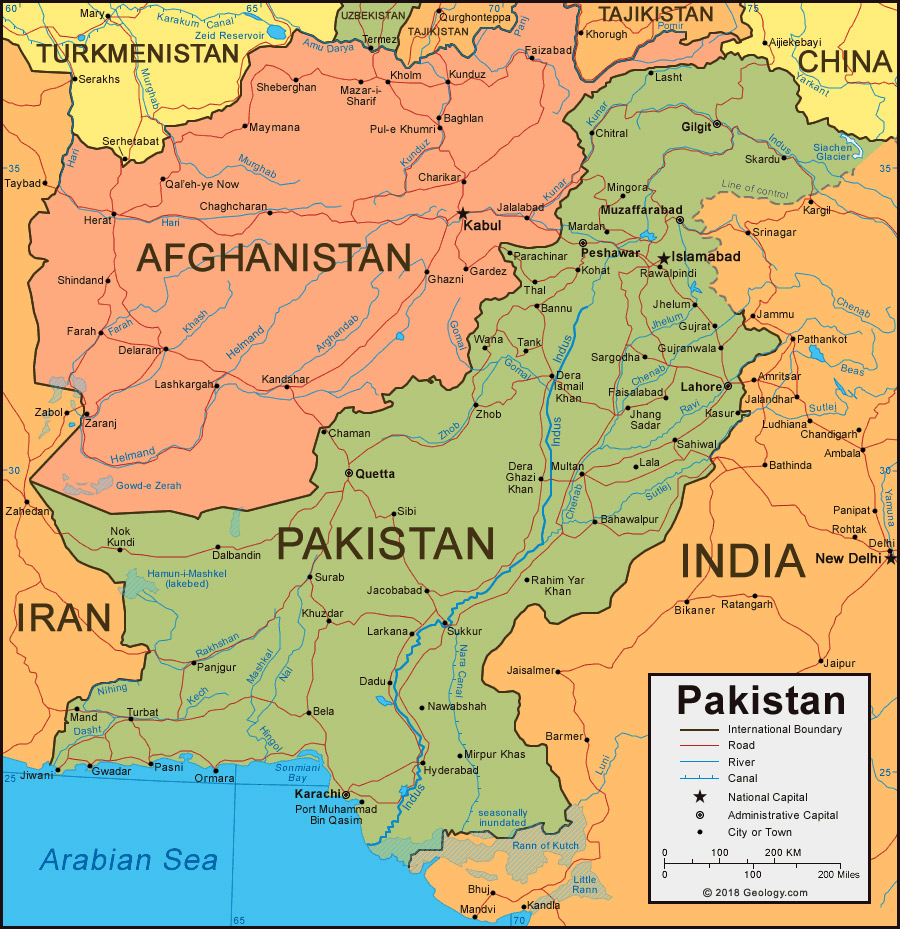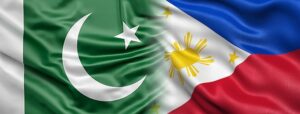introduction
The Islamic republic of Pakistan emerged as an independent sovereign state on 14th August 1947, as a result of the division of former British India. It lies between 23-35 to 37- 05 north latitude and 60-50 to 77- 50 east longitude touching the Hindukush Mountains in the north and extending from the Pamirs to the Arabian Sea.
Pakistan covers 796,095 sq.km with a population of 132.35 million according to population census 1998. It is divided into four provinces:
- Punjab
- Sindh
- Khyber Pakhtunkhwa
- Balochistan
Climatically, Pakistan enjoys a considerable measure of variety. North and north western high mountainous ranges are extremely cold in winter while the summer months of April to September are very pleasant.
The country has an agricultural economy with a network of canals irrigating a major part of its cultivated land. Wheat, cotton, rice, millet and sugar cane are the major crops. Among fruits: mangos, oranges, bananas and apples are grown in abundance in different parts of the country. The main natural resources are natural gas, coal, salt and iron. The country has an expanding industry. Cotton, Textiles, sugar, cement, and chemicals play an important role in its economy.
The country comprises of a vast area that was the great center of ancient civilizations of the world. Its historical sites beginning with stone-age to Twentieth Century A.D are a mirror of the life of its people who were, by nature, simple, virile, hospitable and hard working. Ancient sites excavated in Taxila, Harappa, and Moenjodaro speak volumes for Pakistana’s rich cultural background dating back to 3,000 B.C


